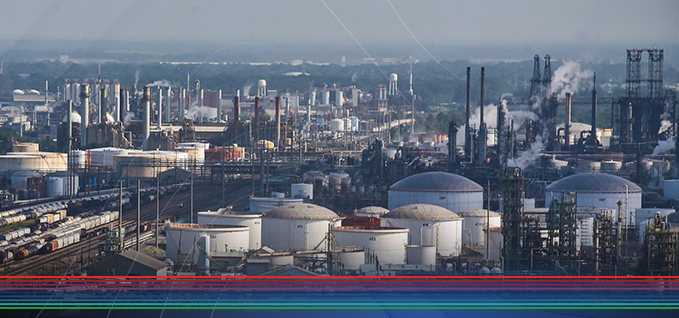Carbon Capture, Utilization and Storage, or CCUS, is a process that will allow industries that emit carbon dioxide (CO2) to both maintain their business plans and reduce CO2 emissions. First, it uses special equipment to remove the CO2 from their facilities’ exhaust before it reaches the air. Once captured, the CO2 can either be provided to companies for other uses or transported by pipeline to underground geologic formations certified safe and permanent storage. The same type of impermeable rock layers that have kept oil and natural gas locked underground for millions of years can safely store CO2.
Capturing CO2 commonly involves trapping a facility’s exhaust, filtering the exhaust and separating the CO2 from the other gases created from the manufacturing process. Once it is separated, the CO2 is then treated, compressed and placed into a pipeline for transport.
According to the Global CCS Institute’s 2022 Global Status of CCS Report, as of July 2024, there were 50 carbon capture plants in operation around the world, with a capacity to capture nearly 49 million tons of CO2 per year, with another 444 under construction and more than 500 in development.
